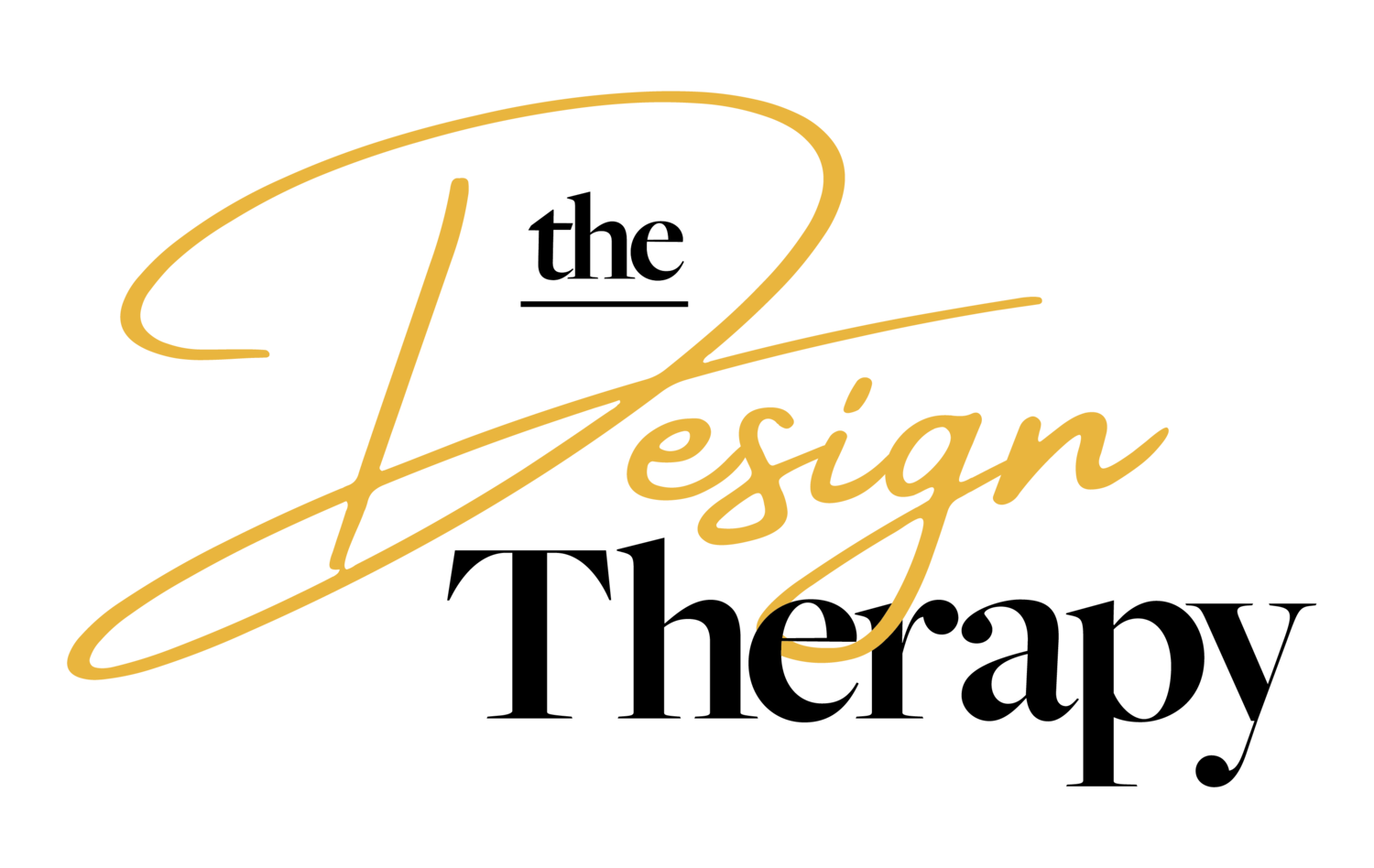The Study of Expression
What is artistic expression or just expression in general? Do we hold ourselves to a certain set of internal or societal standards that are widely acceptable? It is such a complex idea of how behaviors are perceived and things we express or hold back from others. This is a study to mold, make, raise, do, express the emotions that everyone has within themselves and understanding how to develop those skills further.
Ode to ActoBarbie Part 1.
What is universal expression? There have been many studies that facial expression is mostly reactionary, but new studies show the psychology behind expression are based on patterns, cultural representation, and other determining factors due to environment.
Frontier’s research built a new study based upon something called appraisal configurations.
Research on facial emotion expression has mostly focused on emotion recognition, assuming that a small number of discrete emotions is elicited and expressed via prototypical facial muscle configurations as captured in still photographs. These are expected to be recognized by observers, presumably via template matching. In contrast, appraisal theories of emotion propose a more dynamic approach, suggesting that specific elements of facial expressions are directly produced by the result of certain appraisals and predicting the facial patterns to be expected for certain appraisal configurations.
Source: https://www.frontiersin.org/articles/10.3389/fpsyg.2019.00508/full
So how do you use expression as a form of art that shares your story or intent to a deeper level of communication? Try these tips.
Repetition & Practice
Practice a wide array of facial expression you use and typically don’t use on a daily basis in the mirror. It gives you access to a deeper level of understand on how your face is perceived, tap into emotions you might not typically express on any given day, and opens a door to more expression that is hidden deeper within yourself.
Understand your Own Emotions instead of Reactiveness
This is probably one of the hardest things to learn and do to instill a consistent habit. Journaling is a big tool on this one. If you understand why you feel what you feel, the intent from others behaviors, and being able to separate projection vs reflection of self then you start to discover a freer range of slower reactions and thoughtful convictions.
Practice Thoughtful Processes
Now that you have journaled and understood the emotions, the behavior is the next step to solidifying the process. Practice a process, can be anything but I generally do this at some point in the day. Breathe. Pause. Count to 5. Process a communication from another, think, then respond.
Meditation
The saying goes what you think you are. This is 110% true. What you meditate upon is typically how you perceive yourself and how you react on a daily basis out in the world. Take 10-15 minutes a daily, turn off the technology and count your breaths of inhale and exhale. It will make a big difference.
Be Fearless
Don’t hold back your emotions just because society gives you a certain level of standards you think you should follow. That doesn’t mean be arrogant, hateful, or judgmental towards others, but feel free to express yourself clearly, calming and openly without fear. If you bottle it up, it only festers.

















